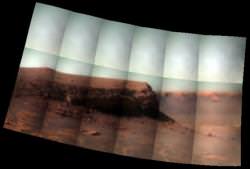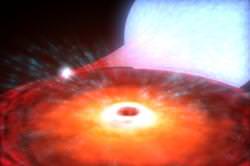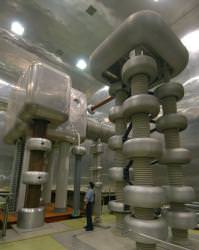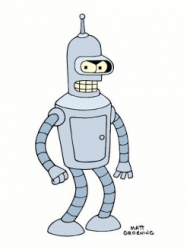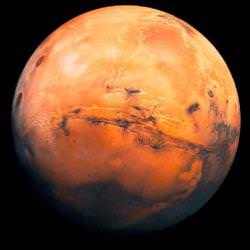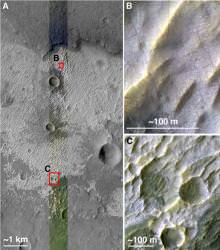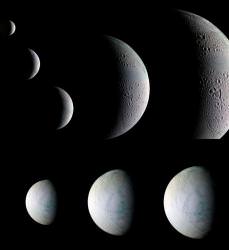Science fiction is filled with unusual alien species. But apart from the occasional robot, biological life is running the show. But NASA scientist, Dr. Steven Dick, sees a future Universe that has evolved past biology. Where every intelligence is artificial. Consider the likelihood of a postbiological Universe.
Does intelligent life exist beyond Earth? It’s easily the most profound and challenging question that humans have ever asked. The consequences of discovering other intelligent life would ripple through every aspect of human society, and actually meeting another species would be even more challenging.
But are there abundant intelligent life forms out there? Or is the biological life on Earth just a stage? Just a single step towards our inevitable technological existence.
In a recent paper published in the journal Acta Astronautica, entitled The Post Biological Universe, Dr. Steven Dick notes how every search for extraterrestrial intelligence assumes that life will be biological. And yet, here on Earth we can see that intelligent life develops more and more sophisticated tools over time. And these tools will eventually lead to artificial intelligence that outstrips its makers.
If extraterrestrials are out there, they likely live in much older civilizations than ours, and have already transitioned through biology and into technology. The majority of worlds out there are already postbiological.
According to many scientists, it’s easy for civilizations to be older than us. The first metal rich stars with terrestrial planets could have formed a billion years after the Big Bang – 12.5 billion years ago. If intelligent life took another 5 billion years to evolve, just like it did here on Earth, that still means life could have been around for 7.5 billion years.
Plenty of time to evolve into intelligent life, and then transition into artificial intelligence.
Cultural advancement also seems to be an inevitable consequence of evolution. Not just humans, but many animals, such as chimpanzees have demonstrated that technology can be developed, improved and passed down from generation to generation.
Here’s a quote from the paper,
Hans Moravec, a highly respected AI pioneer and robotic expert at Carnegie-Mellon, predicted “What awaits is not oblivion but rather a future which, from our present vantage point, is best described by the words ‘postbiological’ or even ‘supernatural’. It is a world in which the human race has been swept away by the tide of cultural change, usurped by its own artiï¬cial progeny.” Our machines, Moravec predicted, will eventually transcend us, and be “released from the plodding pace of biological evolution.”
How could this change the search for extraterrestrials? Well, when you’re looking for robots, you can look anywhere. Dr. Dick suggests that the SETI community consider the environmental tolerance of robots and the availability of resources beyond planets. AI will be looking for places that provide the most raw material and energy – think quasars, not habitable planets.
Postbiologicals probably have no interesting talking with us regular biologicals. But it might be possible for us to intercept their communications if we know what we’re looking for.
He also thinks that postbiologicals might be more interested in receiving our communications, that talking to us. We should consider very special messages that we might want to send out to the AI civilizations.
Of course, the difference between our minds and theirs might be so great that communication is impossible.
But it doesn’t hurt to try.
Original Source: Acta Astronautica

